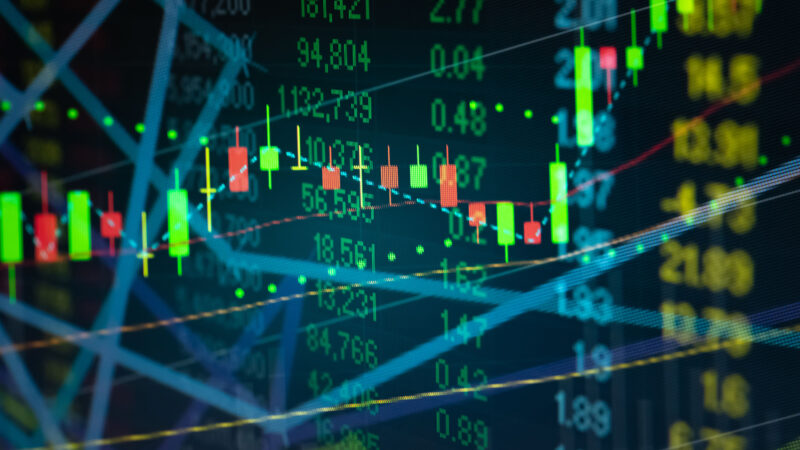Wall Street ended July on a strong note with the S&P 500 rising 27.2% from its April 8 lows to set new highs by July 31, capping one of the sharpest non-recession rallies in two decades. The rally, driven by momentum in tech, energy, industrials, and consumer discretionary sectors, was buoyed by optimism from easing trade tensions, robust earnings, and renewed risk appetite particularly in heavyweight stocks like the “Magnificent Seven”.
However, the transition to August has seen a marked shift in sentiment. Historically, August represents the start of a weaker stretch for stocks, and that pattern is reasserting itself as major indices, including the Dow and Nasdaq, posted sharp losses to kick off the month. The Dow fell more than 540 points while the S&P 500 slumped over 1.6% on renewed worries about tariffs,
softening jobs data, and investors bracing for “seasonal headwinds”. Futures data indicates continued caution as President Trump announces new tariffs, rattling markets once again. Investor focus is increasingly shifting from Wall Streetʼs recent records to questions about the sustainability of US market supremacy amid global competition and patchy economic signals.
While the rallyʼs foundation rests on solid corporate earnings and optimism over trade deals, technical analysts warn that overbought conditions and tighter trading ranges leave the market vulnerable to turbulence if macro surprises emerge.
Key performers this year continue to include Palantir Technologies, GE Vernova, and Super Micro Computer, all of which have posted gains above 90% for 2025 as of August 1. Yet the marketʼs tone has turned more risk-averse and discerning, as both seasoned and retail investors weigh seasonality, technical signals, and the prospects for further gains versus a possible pullback. In sum, the first week of August has brought a decisive reality check to a market accustomed to unbroken gains. As one sector strategist put it: “The ultra-calm summer trading backdrop looks increasingly vulnerable… as we step into the marketʼs historically sub-par seasonal period.” For investors, the week served as a reminder that even in a record-breaking year, volatility can return without warning.
By: BSH Staff

